How to Make Greek Moussaka: Recipe and Preparation for the True Taste of Greece
Many are familiar with Greece for its rich history, beautiful coastlines, and delicious cuisine, and one of the favorite dishes that attracts gourmets from around the world is moussaka. This juicy, layered dish, often served as a specialty in Greek taverns, has become a recognizable taste of Greece that is remembered and enjoyed with pleasure.
Discover how to prepare this specialty and enjoy the true taste of Greece.
Do you know who created the modern moussaka and when it became a Greek classic?
The modern Greek moussaka we know today originates from Nikolaos Tselementes, who created his recipe in 1920. His version includes three layers that are prepared separately before being layered in a baking dish.
The bottom layer consists of pre-prepared eggplant fried with olive oil, while the middle layer consists of ground lamb, lightly fried with tomatoes, white and black onions, and spices such as cinnamon, allspice, and black pepper. The top layer consists of a rich béchamel sauce.
The creator of moussaka also devised a vegetarian version that can be consumed during fasting. This version does not contain meat or dairy products, but instead includes mushrooms or zucchini.
Today, there are many recipes that combine potatoes and eggplants, further enriching this classic dish.
The Origin of Moussaka: From the Levant to Greek Taverns
Although Greek moussaka has become synonymous with the national dish of Greece, its roots lead us far back in history to the Levant, which includes present-day countries like Lebanon, Syria, and Iraq. The Greek population settled the shores of the Levant since the time of the famous Homer, and this rich history has shaped the culture and cuisine of the region.
The first written records of moussaka can be found in a 13th-century cookbook called “The Book of the Baghdad Cook.” In this book, a recipe similar to moussaka, called musakhan, was found, although musakhan resembled more of a stew than the layered moussaka we know today.
Different Versions of Moussaka Around the World
Greek moussaka is prepared in a special way, but its variations are common throughout the Balkans and the Levant.
- In the Balkans, potatoes are often used instead of eggplant, and the béchamel sauce is replaced with a milk or yogurt-based sauce, eggs, and sometimes a little flour. Instead of ground lamb, pork is used, and the ingredients are prepared separately before layering and baking.
- In Romania, moussaka can contain potatoes, eggplant, or cabbage, and often topped with bread croutons, tomato slices, or crumbled cheese, all drizzled with tomato juice.
- In the Levant, such as Iraq, Syria, and Jordan, moussaka is prepared as a cooked dish with tomatoes and eggplants, sometimes with the addition of chickpeas, served as a meze, cold or warm.
- The Egyptian version of moussaka includes fried eggplants in tomato sauce, with layers of spiced minced meat in between. This variation is often left to rest for a day to enhance the flavor.
- In Turkey, moussaka is not prepared in layers, but thinly sliced eggplant pieces are fried and served with a sauce of minced meat, tomatoes, onions, and peppers, often with rice (pilaf).
GREEK MOUSSAKA - recipe (ελληνικόσ μουσακάσ)
Here is a recipe for classic Greek moussaka:
Ingredients:
- 3 large eggplants
- 500g ground meat (lamb or beef)
- 1 large onion, finely chopped
- 2 cloves of garlic, finely chopped
- 400g tomatoes (canned or fresh, peeled and chopped)
- 1 teaspoon dried oregano
- 1 teaspoon cinnamon
- Salt and pepper to taste
- Olive oil for frying
- 100g grated cheese (optional)
For the béchamel sauce:
- 50g butter
- 50g flour
- 500ml milk
- 2 eggs
- Salt and pepper to taste
- Pinch of nutmeg (optional)
Instructions:
Preparing the eggplants: Wash and slice the eggplants into 1 cm thick slices. Salt them and let them sit for 30 minutes to release water and bitterness. Then rinse and dry them.
Frying the eggplants: In a pan, heat a little olive oil and fry the eggplants on both sides until golden brown. Place them on paper towels to absorb excess oil.
Preparing the meat: In the same pan, add a little more olive oil and sauté the onion and garlic until softened. Add the ground meat and cook until browned. Then add tomatoes, oregano, cinnamon, salt, and pepper. Cook over medium heat for 15-20 minutes until the sauce thickens.
Preparing the béchamel sauce: Melt the butter over medium heat. Add the flour and mix well. Gradually add the milk, lukewarm or at room temperature. Stir continuously. Once the sauce starts to thicken, add a little salt, kefalotiri (or cheddar), nutmeg, and finally the egg. Continue stirring and as soon as the sauce starts to bubble, remove from the heat. Let it stand for 1-2 minutes, then pour it into a baking dish over the ground meat, covering the entire surface.
Assemble the moussaka: In a baking dish, place a layer of eggplants, then a layer of meat, then again eggplants. Pour the béchamel sauce on top. Sprinkle with a little extra cheese.
Baking: Bake the moussaka in a preheated oven at 180°C for 45 minutes or until the top layer becomes golden brown.
Serving: Let the moussaka stand for 15-20 minutes before serving to allow the layers to set.
Share your experience of making moussaka in the comments.
Here you can see the most famous dishes from Greek cuisine that we enjoy during the summer holidays: Best Greek dishes you must try.
We are always here to help you explore Greece! Follow us for the latest information, useful tips and authentic experiences to spend an unforgettable vacation in Greece!
We offer over 3,000 accommodations. Choose the right one for you and your family HERE.
Follow us on social networks where we regularly share exclusive offers, discounts and special arrangements for vacations in Greece as well as information, advice and useful news.
Facebook:Nikana.gr
Instagram: @nikana.gr
Tiktok: nikana.gr
Facebook grupa: Live from Greece
YouTube kanal @NikanaTravel
Write to us at e-mail: nikana@nikana.gr
Our site nikana.gr is the leading source of information about Greece.

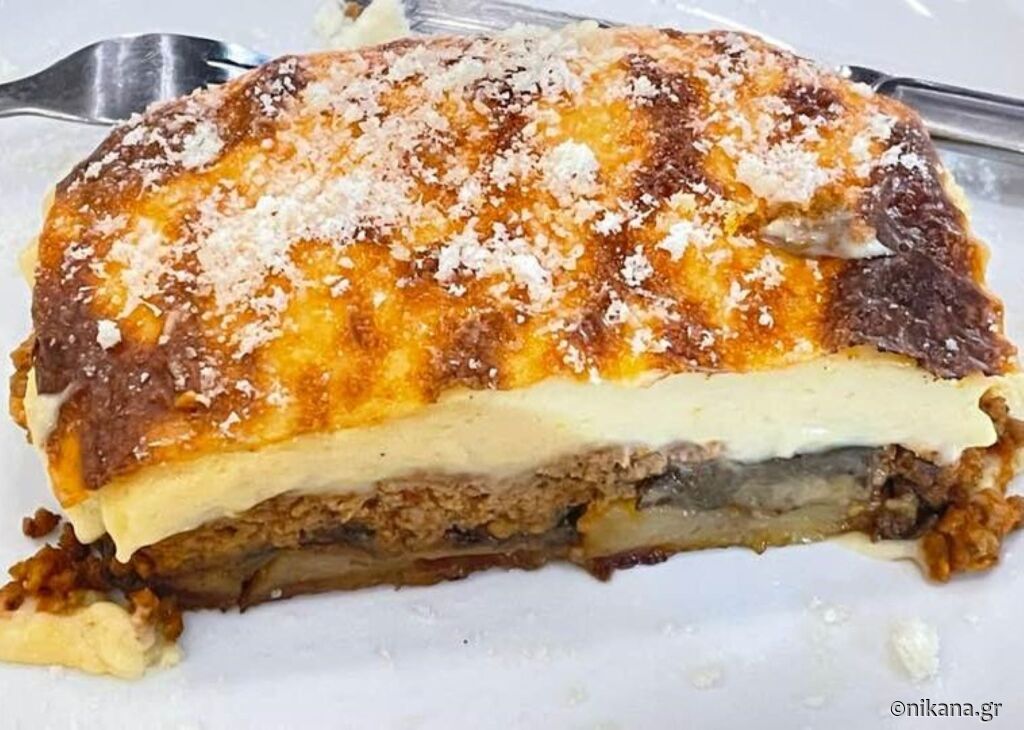
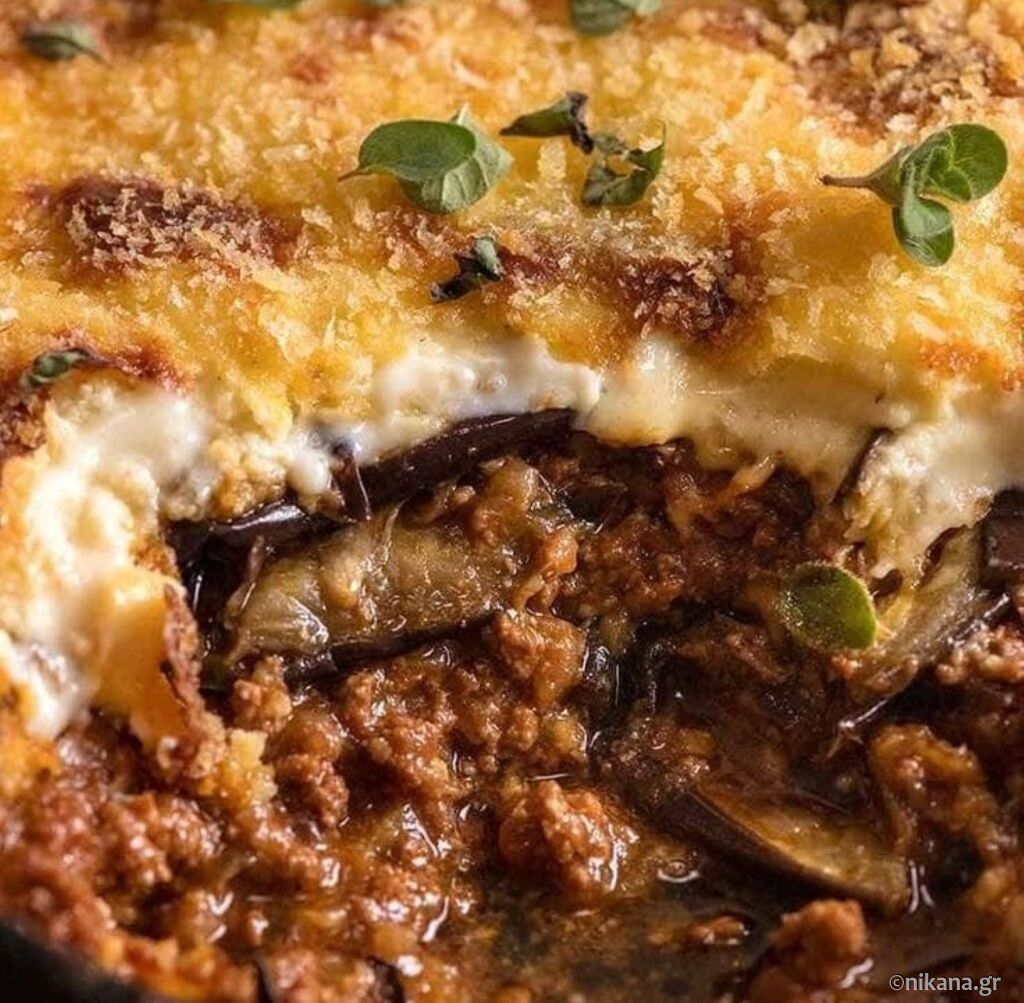
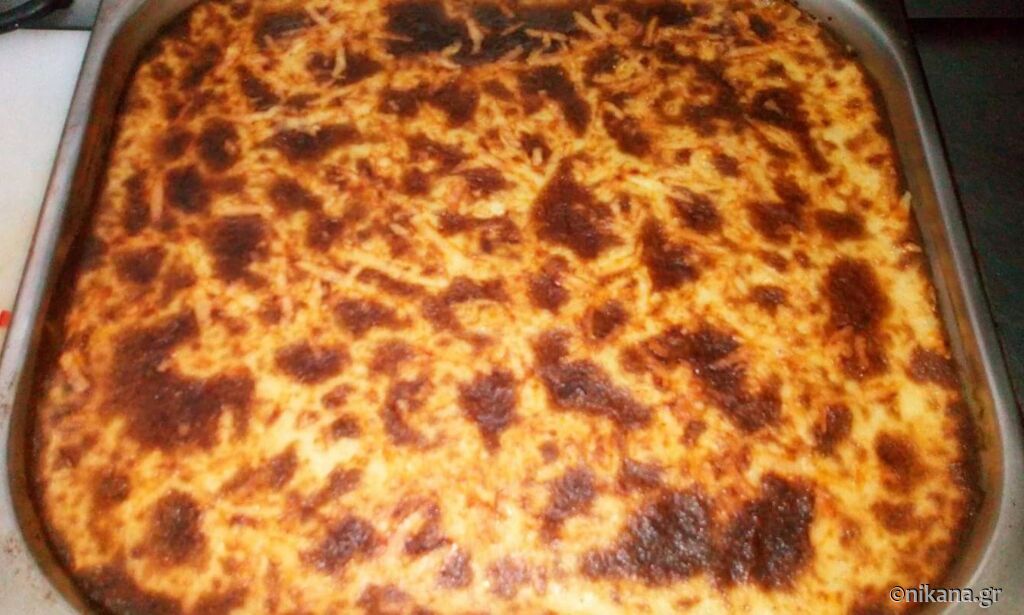
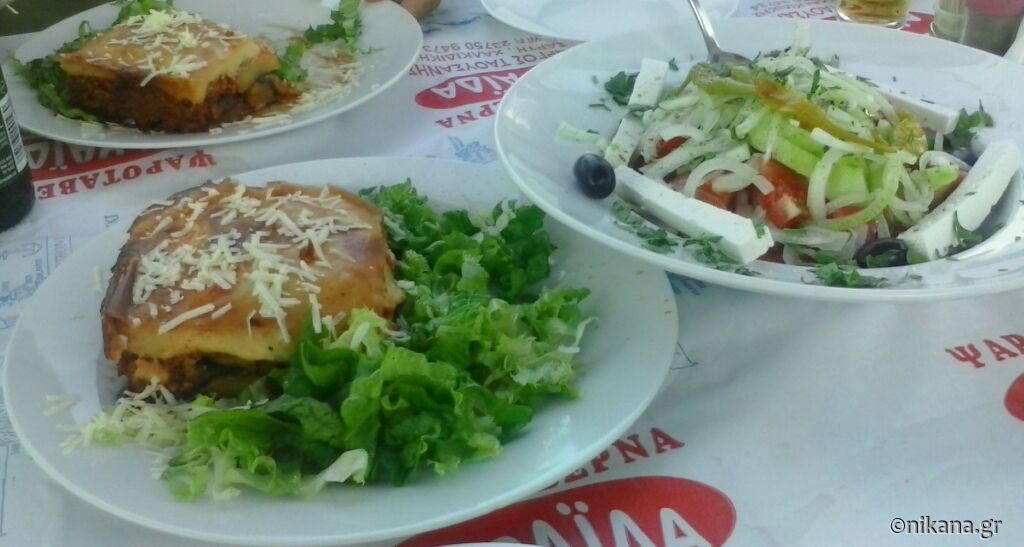
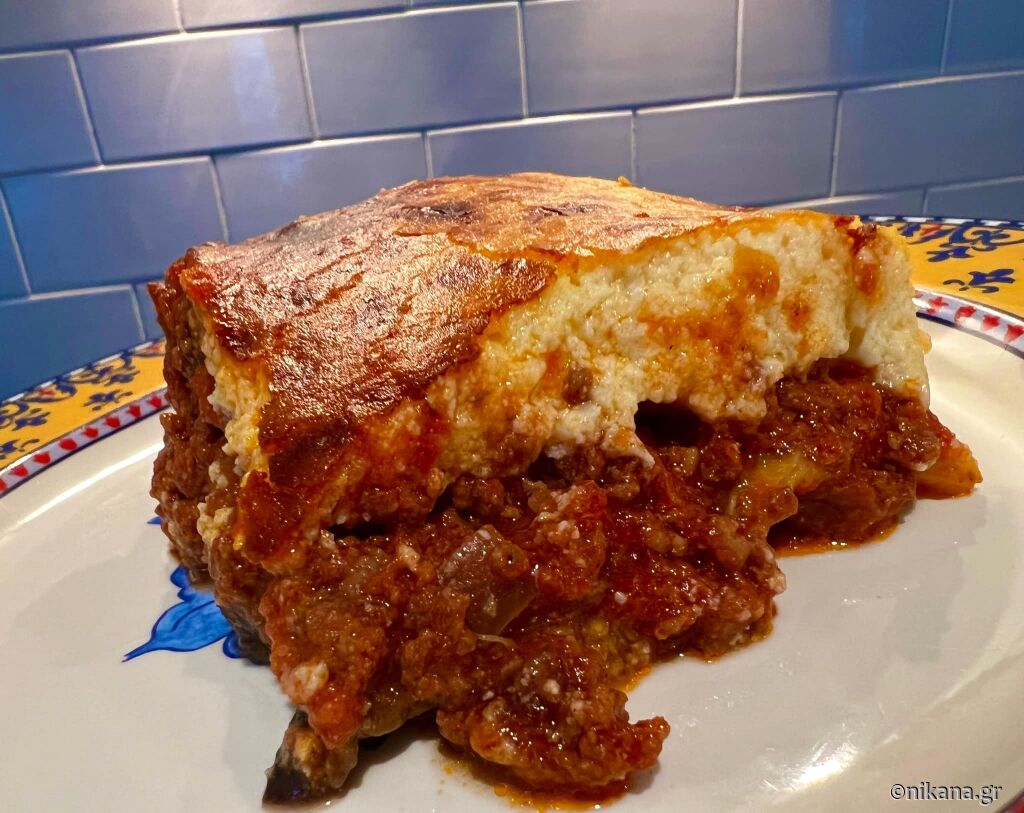









Post a Comment
NOTE
All your questions in the comments will receive an answer via email so check your inbox shortly after you posted comment. For more detailed questions and responses, contact us via mail nikana@nikana.gr.